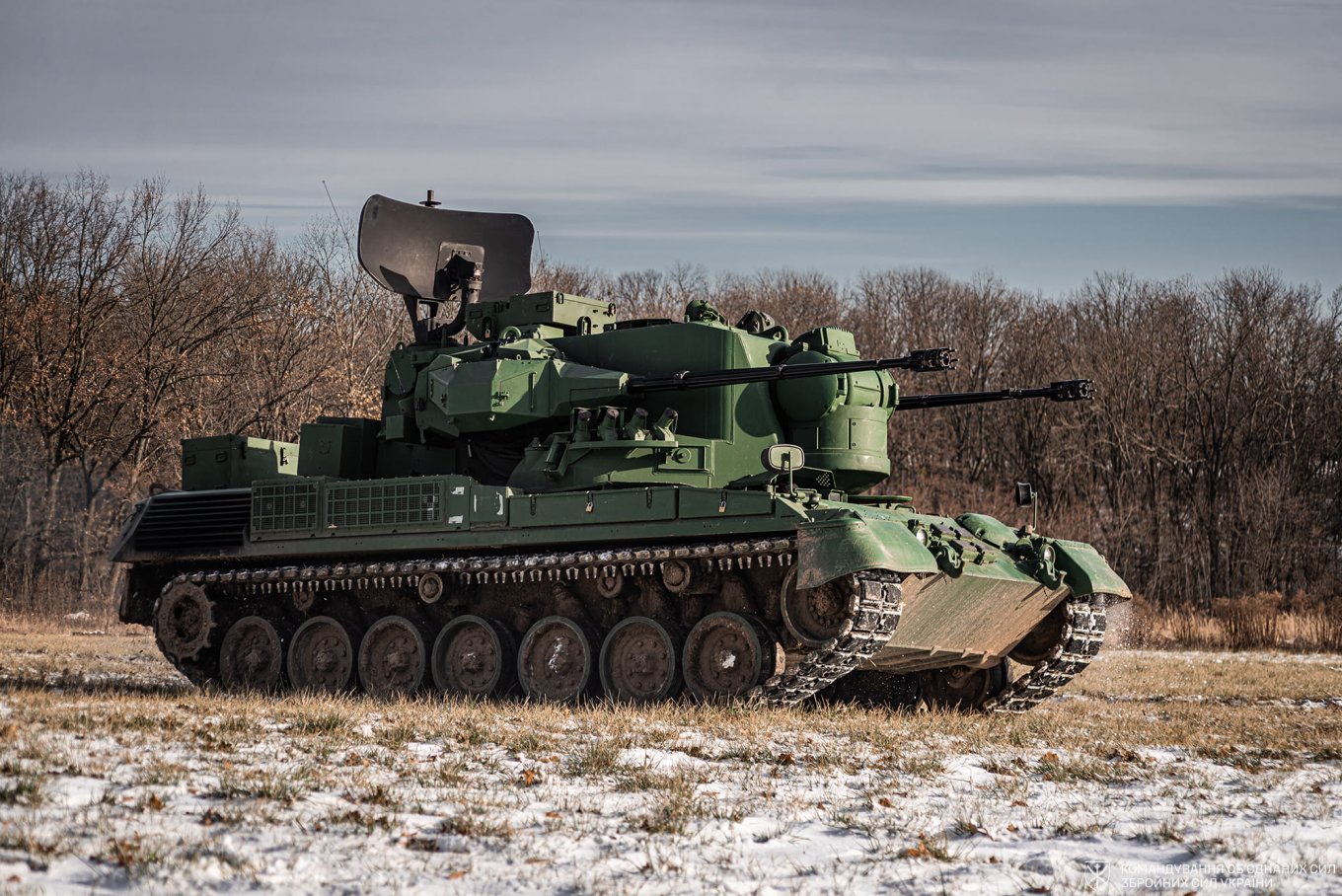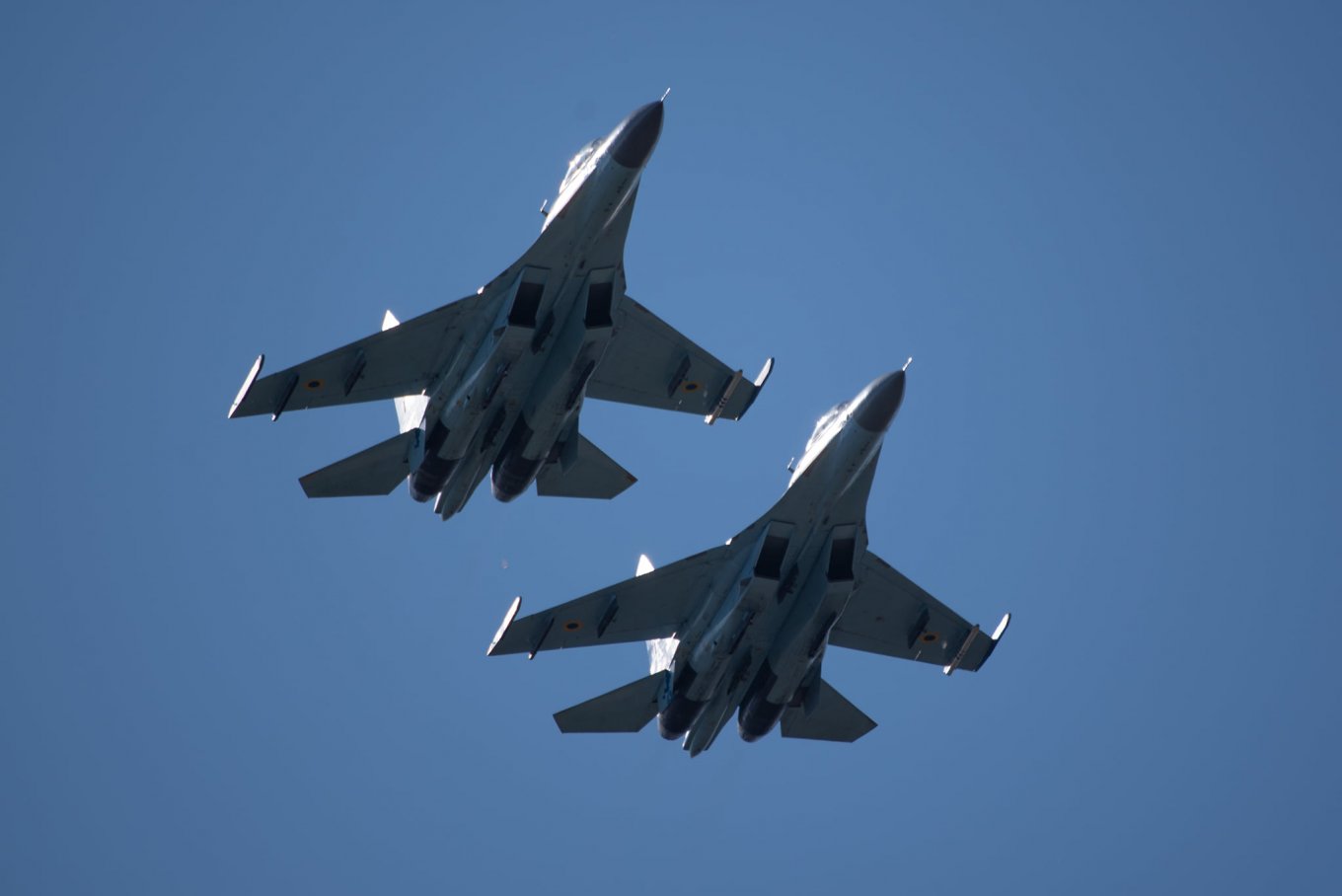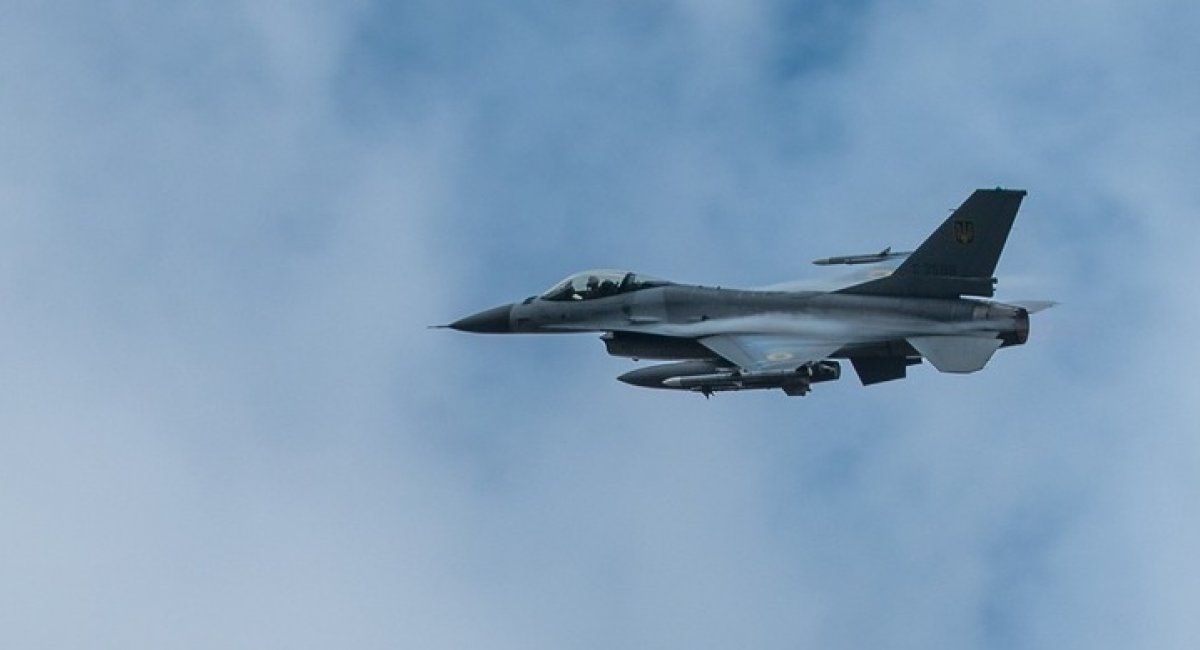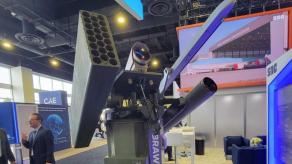Ukraine is already deploying F-16 multirole fighter jets for air defense missions, primarily targeting cruise missiles and drones. This was officially confirmed by Ukrainian President Volodymyr Zelensky during a press conference on August 27.
It’s important to note that even as early as October 2023, months before the F-16s arrived in Ukraine, many analysts predicted that this would be their primary role because this way Ukrainian pilots can safely gain initial combat experience with these fighters. Moreover, the American F-16 offers several advantages over Soviet-era aircraft, particularly in intercepting cruise missiles, and is surprisingly more effective than specialized ground-based air defense missile systems.
Read more: Ukrainian F-16s Get Latest EW Capabilities from the USA to Withstand russia’s Air Defenses, Aviation

Cruise missiles present a unique challenge for interception due to their small size and low-altitude flight. The latter means that even the most sophisticated radar systems are limited by the so-called radar horizon, which makes them physically unable to see a cruise missile flying at 50 meters above the ground at distances more than ~42 km.
As a result, the coverage area of any ground-based air defense system against cruise missiles is constrained by this limitation, even if its interceptors employed by this system have greater range.

Surely, advanced systems like Patriot or SAMP/T create a sort of radar detection web where each unit shares target data with neighboring ones, enabling broader coverage. However, this still requires a hostile cruise missile to be detected by a nearby radar, which is complicated by the missile’s ability to maneuver and follow non-linear routes.
Then, what about air defense guns? Generally, ground-stationed anti-aircraft artillery faces similar radar-related drawbacks, except for the fact that missiles have their own guidance systems when approaching a target. Plus the engagement range for anti-aircraft artillery is usually even shorter. But we won't delve too much into the topic because the comparison between F-16s and air defense guns is more a matter of cost efficiency than raw effectiveness, with both systems playing complementary roles in a multi-layered air defense complex.

Another downside of all types of ground-based air defense systems is their limited mobility. Ukraine is a vast country, its non-occupied territories stretch over 800 km from north to south and 1,100 km from the westernmost point to the frontlines in the east. A wheeled Patriot or IRIS-T convoy can hardly cross the country quickly to cover a blind spot, even if an incoming missile is detected.
On the other hand, it's possible for a fighter aircraft. An F-16 not only has a much larger cover area due to potent radars and is not constrained by the radar horizon, it also can relocate to different air bases and utilize advanced aerodromes or aerial refueling (though the latter is not yet available to Ukrainian fighters).
When intercepting cruise missiles, the F-16 flies above them, looking down for a much better vantage point than ground-based radars. In this aspect, the F-16 significantly outperforms Soviet-era MiG-29s and Su-27s.

The MiG-29s are equipped with N019 radars, and the Su-27s with N001 radars. Although these radars are technically capable of detecting targets against the backdrop of the earth's surface, in practice, spotting cruise missiles is still quite difficult for them. By contrast, Ukrainian F-16s are equipped with AN/APG-66(V)2A radars, which feature a specific mode for detecting targets against the ground.
It’s also worth noting that in the late 1980s, the United States modified the AN/APG-66 radar on the F-16 specifically to combat cruise missiles, resulting in a special variant of the fighter called the F-16 ADF. This version was developed for the U.S. National Guard, tasked with defending against a potential Soviet attack. Some of these F-16 ADFs have also been transferred to Ukraine, albeit for a different purpose.
Given that Ukrainian F-16s received a special electronic warfare systems upgrade, it’s highly likely that their radars were also updated — at least in terms of software — to enhance their ability to detect cruise missiles even further.
Read more: russians Tried Deliver Quick Second Long-range Strike, Defense Forces of Ukraine Repelled It














